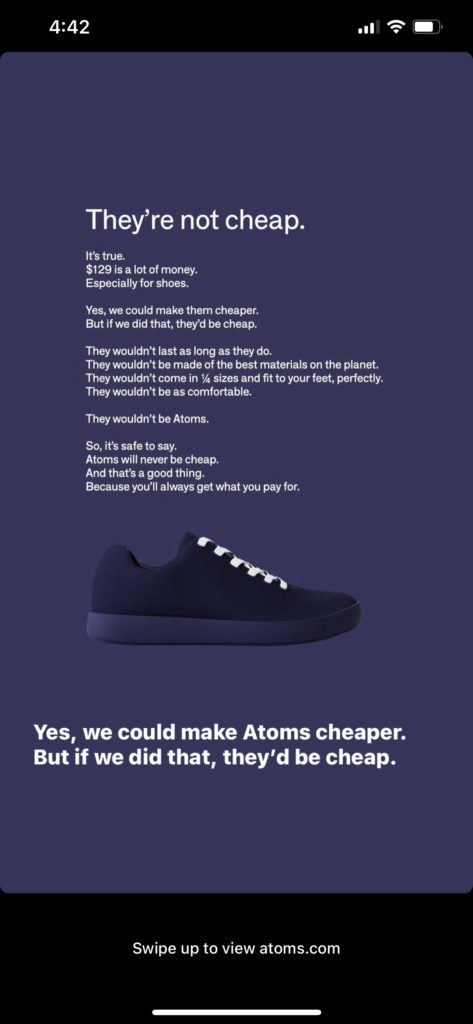If you could claim one thing you currently do professionally that you’re the best in the world at, what would it be?
Most likely, it would be something small and specific. It’s a big world, after all.
Try to make it believable.
And sure, maybe someone out there is actually better at it than you are, but let’s assume they’re not positioned in a way that would make it obvious to anyone else.
Your unique skill could be a combination of two things, like SEO for poodle breeders, or web design for eye surgeons.
Or it could be something oddly specific, like a subsect of your existing services. Go as narrow as you need to to make the claim credible in your head.
Is there anything you could you claim as “yours”, such that you’re the best or only choice, and therefore any other option is the lesser alternative?
And if you played in this area, could it be the start of better positioning for you?
I bet it would.

